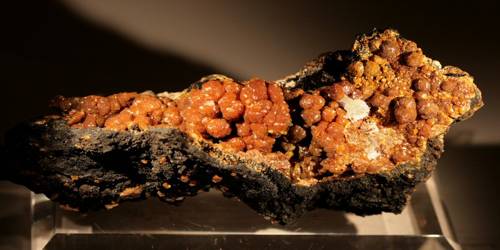Mars may have an all-liquid core and interior mass anomalies, according to data from the InSight lander discovered by a team of planetary scientists from Belgium, the U.S., France, and Germany. The team recounts how they analyzed the data that the lander delivered back to Earth in their report that was published in the journal Nature.
As the research team points out, the planets’ inaccessibility makes it difficult to ascertain their internal properties. In this case, they were referring to efforts by research teams to ascertain the internal structure of Mars.
Nobody has yet been able to demonstrate whether its core is solid or liquid, for instance, a property that could affect research into whether the planet has ever supported life.
In this new effort, the researchers focused their efforts on data from the InSight lander, which landed on Mars in 2018. It sent data from the day it landed until December 2022, when dust covered its solar panels, preventing it from recharging.
The scientists point out that InSight had two primary sensors: RISE, which transmitted radio signals from the lander back to Earth, and a seismometer, which was used to measure marsquakes.
Because the lander could be sited so accurately, the signals from RISES could be used to track the red planet’s rotation and wobbles, which both provided information on the planet’s innards.
The researchers found evidence in RISE DATA of what they describe as “mass anomalies” beneath the surface of the planet. It was discovered that the abnormalities ran the length of the mantel, from top to bottom.
They also point out that the planet’s rotation rate has a major role in determining Mars’ gravitational field and presumably its overall structure. However, they feel that the abnormalities might also be significant.
More importantly, the researchers discovered what they consider to be proof that Mars’ core is a molten liquid as well as a minor rise in the planet’s rotation by analyzing data linked to the core and defining it separately from data connected to the mantle.
















